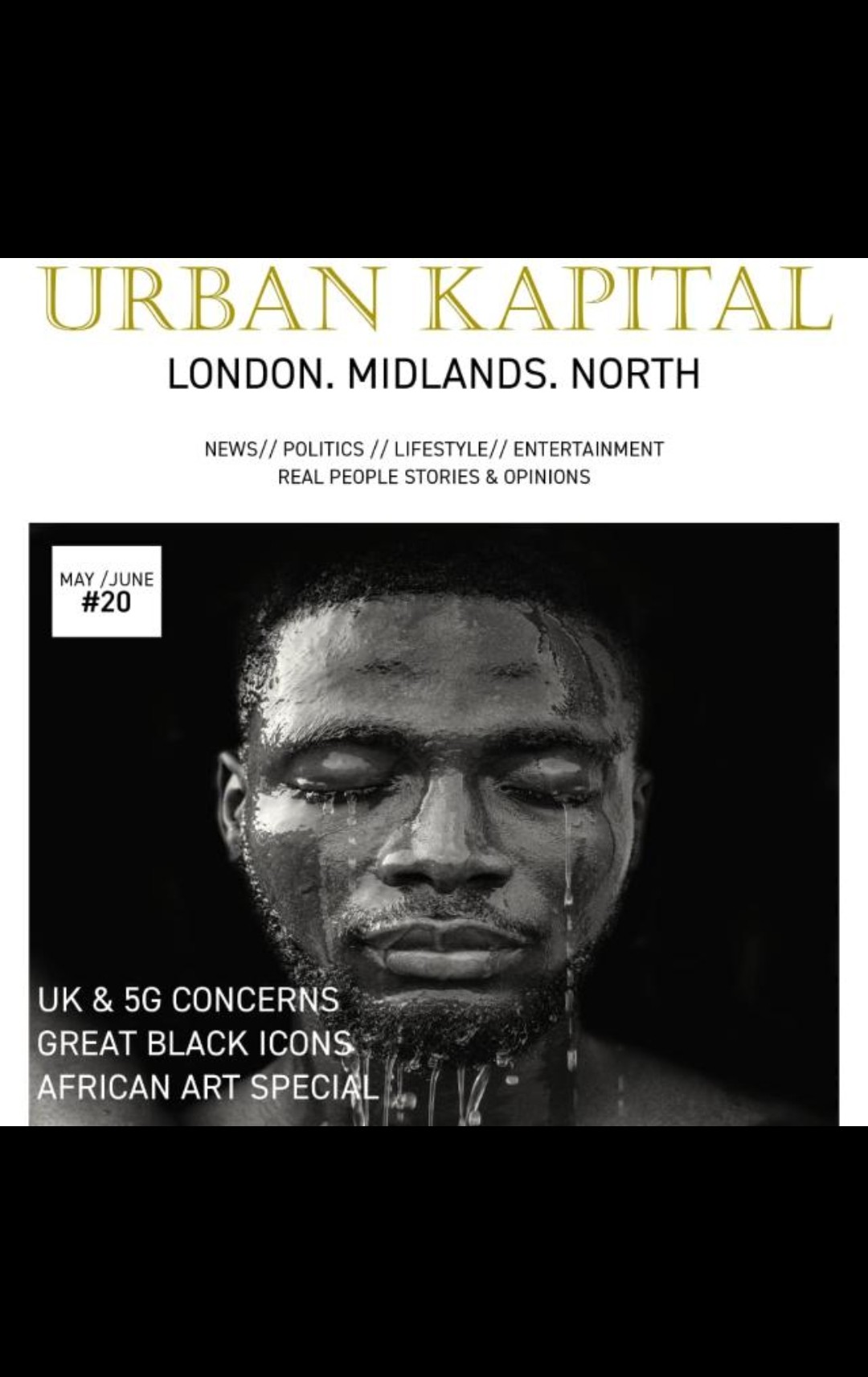The City of London Corporation asks public to for destiny of slave owner's statues
- Urban Kapital

- Sep 2, 2020
- 2 min read
In London statues and monuments linked to slavery and racism could be removed from the heart of England’s capital financial district after that local officials asked the public to take a decision on their fate, asking to comment on statues, buildings and street names and other landmarks.
The City of London Corporation declared just yesterday that residents, workers and the general public will have three months to advance their judgement on "which landmarks they think are a problem and what action they would like to see taken."
The city’s action is a somewhat answer to the Black Lives Matter movement that emerged with protests around the world following the brutal murder of George Floyd, an unarmed Black man, by police officers in Minneapolis in May.

Campaigners have already asked for a statue of William Beckford, a slave owner who served in parliament and twice as Lord Mayor of London, to be taken down from the Guildhall, one of London's oldest buildings and home to the City of London Corporation. It dates back 800 years and hosts conferences and corporate events in its beautiful Gothic rooms.
Caroline Addy, co-chair of the City of London Corporation's Tackling Racism Taskforce declared that "Like many areas of the country, the City of London has a number of statues and other landmarks with links to the slave trade and historic racism.
"It's important that we acknowledge and address this legacy with openness and honesty, and carefully consider what should be done," she added.
The Corporation runs the traditional financial district in London, which is also known as the Square Mile. The area contains the Bank of England, Lloyd's of London insurance market -which has already advanced an apology a few weeks ago in relation to the slavery ties it had- and the offices of many of the world's major banks and financial institutions.

Yet, the UK government already banned a petition aimed to the statue's removal a few months ago, explaining it was a matter for the local authorities.
Representatives for the City of London did not reply when asked for a full inventory of monuments and statues that have links to slavery or racism in the UK.
From history, we know that Britain enslaved 3.1 million Africans between 1640 and 1807, displacing them from colonies to different parts of the globe for forced jobs.
In June, a statue of the slave trader Robert Milligan was also ripped down from outside the Museum of London Docklands near Canary Wharf, which is also where many financial firms abide. Mulligan owned two sugar plantations and around 526 slaves in Jamaica when he passed away in 1809. The same month, British BLM protesters tore down a statue of slave trader Edward Colston in Bristol and dumped it into a river.










Comments